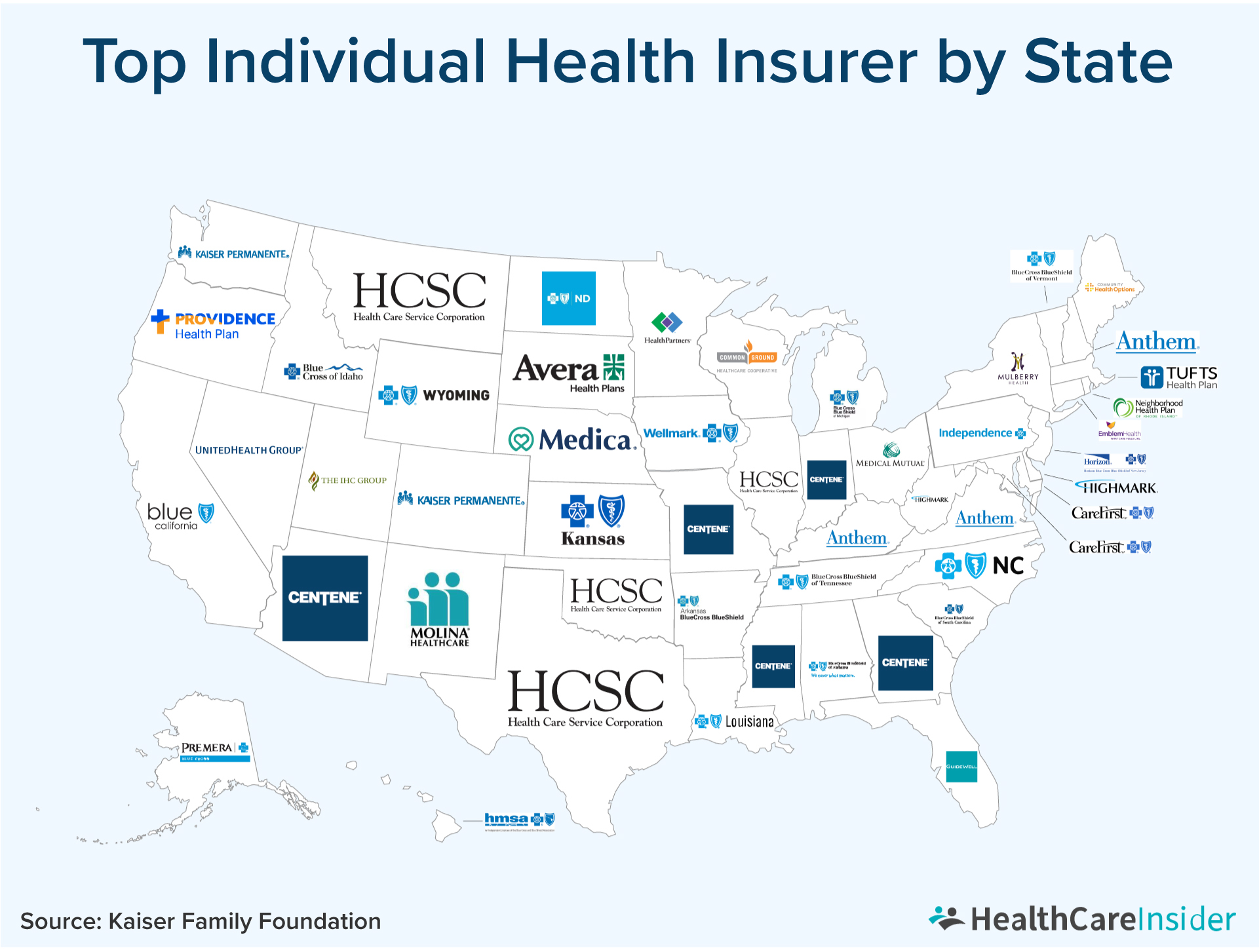Premium Tax Credit FAQ

What You Need To Know:
- An ACA Subsidy is a discount on your monthly health insurance payment also known as a Premium Tax Credit (or PTC) or Advance Premium Tax Credit (APTC).
- Open Enrollment: November 1 – January 15 (subsidies available only through the Health Insurance Marketplace or state marketplaces).
- Eligibility for Subsidies: Requires income at least 100% of FPL; subsidies are available above 400% of FPL through 2025. Income below the poverty level in some states may not qualify. Employer-sponsored coverage and Medicaid/CHIP eligibility can affect subsidy availability.
- Special Enrollment: Available for qualifying life events.
- Additional Notes: No upper age limit, but Medicare eligibility affects subsidies. Premium subsidies are available to lawfully present immigrants.
Answer a few easy questions to calculate your ACA subsidy eligibility in seconds.*
- NOTE: When Calculating Your Subsidy
- Subsidies are based on the cost of the benchmark Silver plan and household income but can be used for any metal-level plan in the exchange.
Frequently Asked Questions
Eligibility
The new rules from the American Rescue Plan make you eligible for ACA premium subsidies if the benchmark Silver plan would cost more than 8.5% of your income. For those with lower incomes, you can be eligible for subsidies if you earn more than 138% of the federal poverty level in states that expanded Medicaid.
Eligibility is based on your household income and size. You can use the Health Insurance Marketplace’s online calculator or application to determine eligibility. The IRS also provides guidelines for income limits.
Yes, you generally need to be a U.S. citizen or a lawful immigrant to qualify for subsidies. Undocumented immigrants are not eligible.
If your income fluctuates, you should estimate your annual income as accurately as possible when applying. You may need to update your information throughout the year if your income changes significantly.
Yes, self-employed individuals can qualify for subsidies based on their estimated annual income. Keep in mind that you’ll need to report income from your business accurately.
Enrollment
The Open Enrollment Period is typically the time when you can sign up for a plan or make changes. There are also Special Enrollment Periods triggered by qualifying life events such as marriage, birth of a child, or loss of other coverage.
You’ll need to provide information about your household income, household size, and any current health coverage. Tax returns and proof of income may also be required.
You should update your information annually during the Open Enrollment Period or sooner if you experience significant life changes affecting your income or household size.
You may be able to make changes if you qualify for a Special Enrollment Period due to qualifying life events or changes in income.
Answer a few easy questions to calculate your ACA subsidy eligibility in seconds.*
ACA Subsidy Calculation
Subsidy amounts are based on your total household income relative to the Federal Poverty Level (FPL). The lower your income, the higher your potential subsidy. The subsidies are designed to cap the percentage of your income you spend on premiums (8.5%).
The FPL is a measure of income issued annually by the federal government. Subsidies are calculated as a percentage of the FPL, so your income level determines how much financial assistance you may receive in addition to the total income spent on premiums.
Subsidies primarily help with premium costs, but you may also be eligible for lower out-of-pocket costs if you qualify for cost-sharing reductions based on income, which lower deductibles and copayments.
Yes, subsidies can affect your taxes. The premium tax credit you receive is based on your estimated income for the year, and any discrepancies between estimated and actual income may affect your tax return.
If your subsidy exceeds the premium cost of your chosen plan, you won’t receive the excess amount as cash. The subsidy will only reduce your premium to zero, but no additional funds are given.
If you don’t use the full amount of your subsidy because your plan’s premium is lower than the subsidy, the excess doesn’t carry over or get refunded.
Resources
- Healthcare.com: ACA Subsidy Calculator
- Centers for Medicare and Medicaid Services: Affordable Care Act BASICs
- KFF: Affordable Care Act 101
- U.S. Department of Health & Human Services: Health Insurance Marketplace Resources for Early Care and Education Providers
- U.S. Department of Health and Human Services: Biden-Harris Administration Celebrates the Affordable Care Act’s 13th Anniversary and Highlights Record-Breaking Coverage


